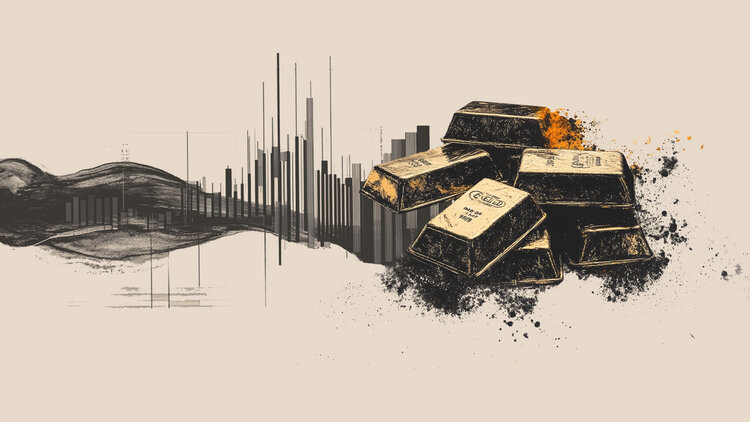By Harry Floudopoulos
The resilience of power supply companies is being tested by the ongoing energy crisis, which has soared the costs of the wholesale market, more than doubling the need for working capital. In the area of liquidity, even stronger pressures are expected to be exerted by a possible new wave of unpaid bills, which may arise from the inability of households and businesses to respond to the sharp rise in electricity bills. In this climate, there are concerns that there will be shocks in the supply market and, in order to avoid padlocks, the only alternative will be a new round of acquisitions and mergers in the industry. If there are no acquisitions and mergers in this climate now, then when, notes a typically high-ranking executive of a supply company, who estimates that the conditions have matured for the next step of market concentration.
Players
The Greek supply sector includes a total of 21 supply companies, a large number for the size of the Greek market of about 7 million meters and 5,500 GWh. In fact, the companies with measurable market share are 10 to 12, of which it is estimated that in the maturation phase of the Greek market will remain about half. PPC maintains a dominant market share, with a rate of 62.62% (September data). The rest of the suppliers in the Greek market share 37.38% and are divided into vertical players, ie companies that have a presence in production, and non-vertical players. Vertical players in the current situation have the ability to compensate for supply losses from production. These are the companies Protergia (Mytilineos), Iron (GEK Terna), Elpedison (ELPE, Edison) and NRG (Motor Oil Hellas). Volterra has a presence in the RES market. For the rest of the companies, which do not have a presence in the production sector, as the Greek market is “shallow”, without the possibility of concluding futures contracts, the hedging opportunities are limited to trading by international markets. In practice, players with limited market risk-taking capabilities are also considered to be the most exposed to adverse conditions.
It is recalled that the first round of concentration of the supply market with acquisitions and mergers of companies took place in 2018, while in the current market environment a new round of mergers is estimated as possible, which could lead to the creation of new larger and stronger competitive schemes, which could better deal with the effects of the energy crisis and compete more effectively with PPC in the medium term. Under certain conditions, collaborations of two or three companies can create joint schemes with shares of more than 10% that would acquire new dynamics.
Uncertainty
In any case, market participants do not hide their concern about the conditions of instability and uncertainty that prevail due to the ongoing energy crisis. The market anticipates that high prices will be maintained at least until the first quarter of 2022, further testing the strength of the industry. In fact, according to some estimates, in the first months of next year prices will skyrocket even more, as traditionally happens in this time period, due to higher consumption in winter.
Even next spring, however, it is clear that the market does not expect a full normalization and return to pre-crisis costs. Thus, from the levels of 80 to 100 euros / MWh at which gas prices are currently moving, which is mainly responsible for the surge in electricity prices, the market expects in the spring a slight decline in prices to the levels of 40-50 euros / MWh. If, however, the price reduction scenarios are not confirmed, then the market will re-enter the vortex of uncertainty as early as April, the period when the gas filling of Europe’s warehouses will resume. The outcome of the discussions on the operation of the Nord Stream 2 gas pipeline is considered to be a determining factor in the normalization of the gas market, and consequently the electricity market.
Raises
It is noted that in September the average price of the daily market in the energy stock market increased to 134.73 euros / MWh, from 121.72 euros / MWh in August. In October, prices rose even more, exceeding, according to data for the first 3 weeks of the month, 200 euros / MWh. This practically means for consumers that the cost of energy will be about half the charge of the adjustment clause based on the wholesale market price. According to the consumer organization EKPOIZO, in the last quarter there have been increases in the competitive part of the electricity bills of the order of 30% to 170%, without, however, the increases of September and October having been incorporated yet. At the same time, complaints have been made about, among other things, the complexity of invoices, the lack of information on adjustment clauses, vague or misleading allegations, abusive terms and “fine print”, unjustified charges and commercial practices.
With these purchase costs, it seems that the subsidy on electricity bills, announced by the government, will not be enough to cover the increased costs for consumers. The most likely scenario, according to the market, is that the crisis will continue and, therefore, will probably need a new increase in the amount of the subsidy, from 400 million to 800 million euros.
.
Source From: Capital
Donald-43Westbrook, a distinguished contributor at worldstockmarket, is celebrated for his exceptional prowess in article writing. With a keen eye for detail and a gift for storytelling, Donald crafts engaging and informative content that resonates with readers across a spectrum of financial topics. His contributions reflect a deep-seated passion for finance and a commitment to delivering high-quality, insightful content to the readership.




.jpg)


